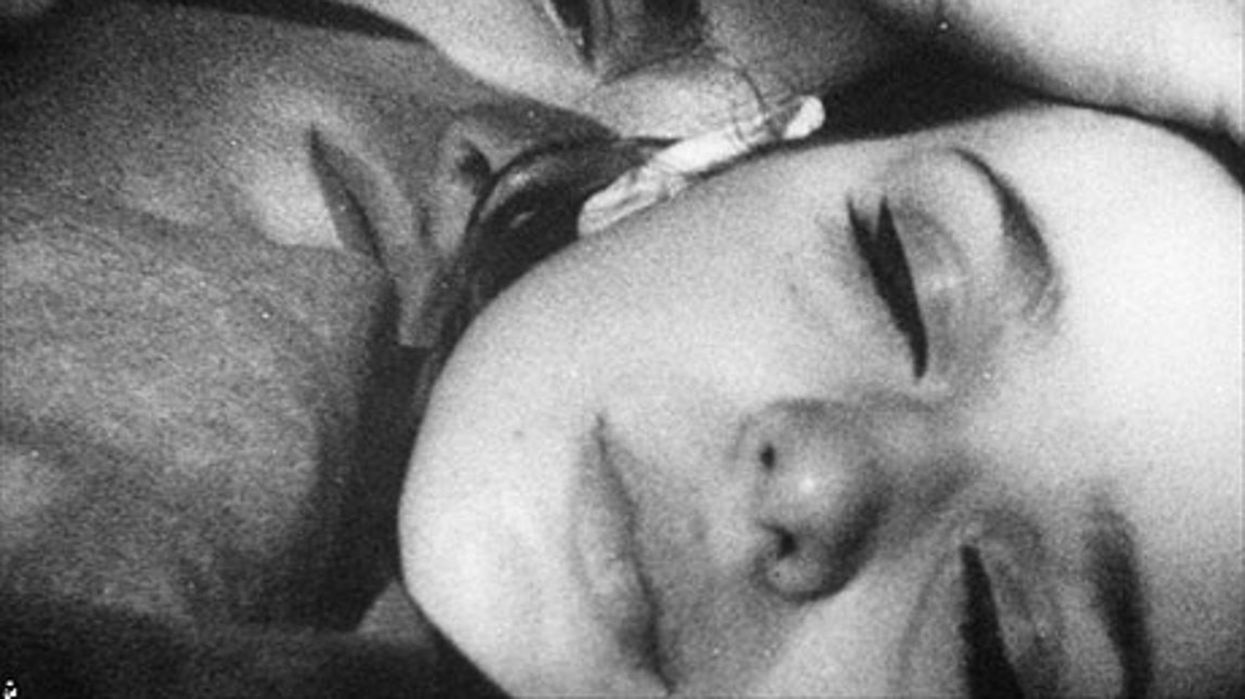Watch: How New Hollywood Created the American Indie
Government restrictions on Hollywood made way for the rise of indie luminaries like Maya Deren and John Cassavetes.

[Editor's Note: This video essay, a collaboration by Press Play and No Film School, is part of our series on different film movements, their histories, and their enduring influence. The following introduction was written by Max Winter, editor of Press Play.]
Often, constraints can drive creativity. The story of the development of New Hollywood Cinema, as laid out in Tyler Knudsen's latest video essay for No Film School, is no exception.
In the late 1940s, the Paramount anti-trust case led to the breakup of Hollywood studios' vertical integration, so they could no longer own theaters that played exclusively their own films. This meant that the different motion picture studios had to compete for showings elsewhere and work more aggressively to compete against independent filmmakers, who now had a shot at a wider audience. The opening of this window would come to redefine American cinema.
The 1940s became a time of great experiment and productivity; the films made then, and for a decade or two afterwards, made up a sizable portion of the New Hollywood Cinema. Films like Maya Deren's Meshes of the Afternoon, with its heavy surreal influence, or Kenneth Anger's queer movie Fireworks, were precursors of the films that would follow. Additionally, the world of film became considerably more independent; art house cinemas such as the one run by Amos and Marcia Vogel became increasingly popular, with their preference for experimental and "underground" films at first, followed by a broader range of European films never seen by the American public.
This aesthetic confidence, in turn, would point the way for the work of filmmakers like Francis Ford Coppola and George Lucas.
Of the many filmmakers influenced by this renaissance, John Cassavetes had the most pronouncedly avant approach. With films such as Shadows, Cassavetes' style was marked by its improvisatory dialogue, somewhat formless stories, and highly personalized, intimate cinematography. Shirley Clarke, likewise, made films bursting with uncontrolled, freeform energy, such as The Connection. The stage was well set, then, for a film like Robert Frank's Pull My Daisy, a semi-improvisatory semi-documentary about New York poets, featuring such archetypal figures as Jack Kerouac and Allen Ginsberg.
All of this raw, inspired work crystallized gradually into an aesthetic. Lithuanian-born filmmaker Jonas Mekas started something called the New American Cinema Group, which had its own rules, to be followed closely: the group would not make "product films," designed to satisfy corporate whims; filmmakers would maintain firm creative control over their works, not giving in to producers's whims; and no censorship would be allowed. This aesthetic confidence, in turn, would point the way for the work of filmmakers like Francis Ford Coppola and George Lucas, whose films were not experimental by any means but could not have had the same power they would have over audiences without the energy of the New Hollywood Cinema.

 Richard Gere and Uma Thurman in 'Oh, Canada' via Kino Lorber
Richard Gere and Uma Thurman in 'Oh, Canada' via Kino Lorber  Uma Thurman in 'Oh, Canada'via Kino Lorber
Uma Thurman in 'Oh, Canada'via Kino Lorber 









